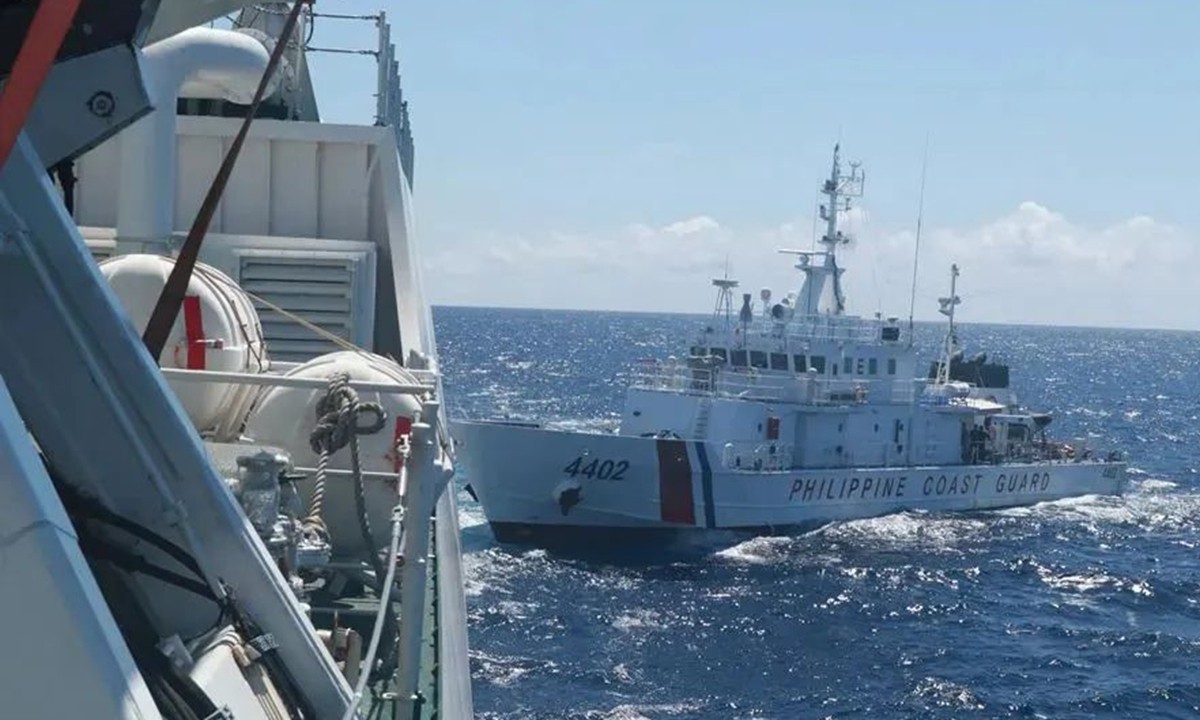By Hou Yi
On May 31, in his opening address at the Shangri-La Dialogue in Singapore, Philippine President Ferdinand Marcos Jr. affirmed the Philippines' commitment to upholding an "open, inclusive, and rules-based international order" governed by international law and guided by the principles of equity and justice.
He emphasized the need to reaffirm the principles established in key diplomatic agreements, such as the San Francisco Treaty of 1945 which re-established peaceful relations between the Allied Powers and Japan, and the Bangkok Declaration of 1967, which laid the groundwork for ASEAN's efforts to build a rules-based regional community.
He also referred to his country's defense treaty with the U.S., saying: "Our treaty partner, I believe, also holds that same standard for when the joint actions will be undertaken in support of any such kind of incident in the Philippines." Marcos emphasized that the Philippines stands with the rules-based international order, implying that "it is China that has violated international laws."
However, history shows that Chinese activities in the South China Sea date back to over 2,000 years ago. In 1935 and 1948, then Republic of China reviewed and approved the names of individual islands, reefs, banks and shoals of the South China Sea and published maps of the South China Sea Islands of China.
At that time, the Philippines never countered them. On the contrary, the territory of the Philippines is defined by a series of international treaties, including the 1898 Treaty of Peace between the U.S. and Spain, the 1900 Treaty between the U.S. and Spain for the cession of outlying islands of the Philippines, and the 1930 Convention between the UK and U.S. delimiting the boundary between the State of North Borneo and the Philippine archipelago.
In 1958, the Declaration of the Government of the People's Republic of China on China's Territorial Sea once again emphasized China's sovereignty over the South China Sea islands and their adjacent waters.
But in the 1970s, the Philippines invaded and occupied some islands and reefs of the South China Sea and made illegal territorial claims. The Philippines claimed these islands and reefs were no one's land and called them the "Kalayaan Island Group." China resolutely opposed the Philippines' invasion and illegal occupation, and managed to settle the dispute through negotiation for regional peace and benefits.
In 2002, China and the ASEAN member states signed the Declaration on the Conduct of Parties in the South China Sea (DOC), which showed the resolution of all parties to resolve the territorial disputes by peaceful means under the principles of international law, including the UN Convention on the Law of the Sea.
However, the Philippines has continued its provocations in the South China Sea such as detaining or using force to drive away Chinese fishermen engaged in normal operations, resulting in property damage and casualties. From 1989 to 2015, there were 97 incidents with over 1,000 Chinese fishermen involved. They included shootings, assaults and robbery, and illegal detention.

A ship belonging to China Coast Guard drives away Philippine vessels intruding into waters off China's Nansha Islands, August 5, 2023. [Photo/China Coast Guard]
In 2012, a Philippine naval vessel intruded into the adjacent waters of China's Huangyan Dao and illegally seized Chinese fishermen and fishing boats. The Chinese government had to dispatch maritime surveillance and fisheries law enforcement vessels to rescue them.
At the Singapore dialogue, Marcos called for the United States to play a greater role in the region. The U.S. government's announcement that the Mutual Defense Treaty "applies to the South China Sea" has seriously damaged China's interests and threatened peace and stability in the South China Sea. China has every reason not to accept it.
Looking at the actions of the Philippines in the South China Sea in recent years, it can be concluded that it has been considering only its own interests, completely disregarding regional peace and stability. It is the Philippines that has disrupted the peace and order in the South China Sea, not China.
Hou Yi, a special commentator on current affairs for CGTN, is the director and a researcher at the China Marine History Research Office in the Institute of Chinese Borderland Studies at the Chinese Academy of Social Sciences.

 中文
中文



